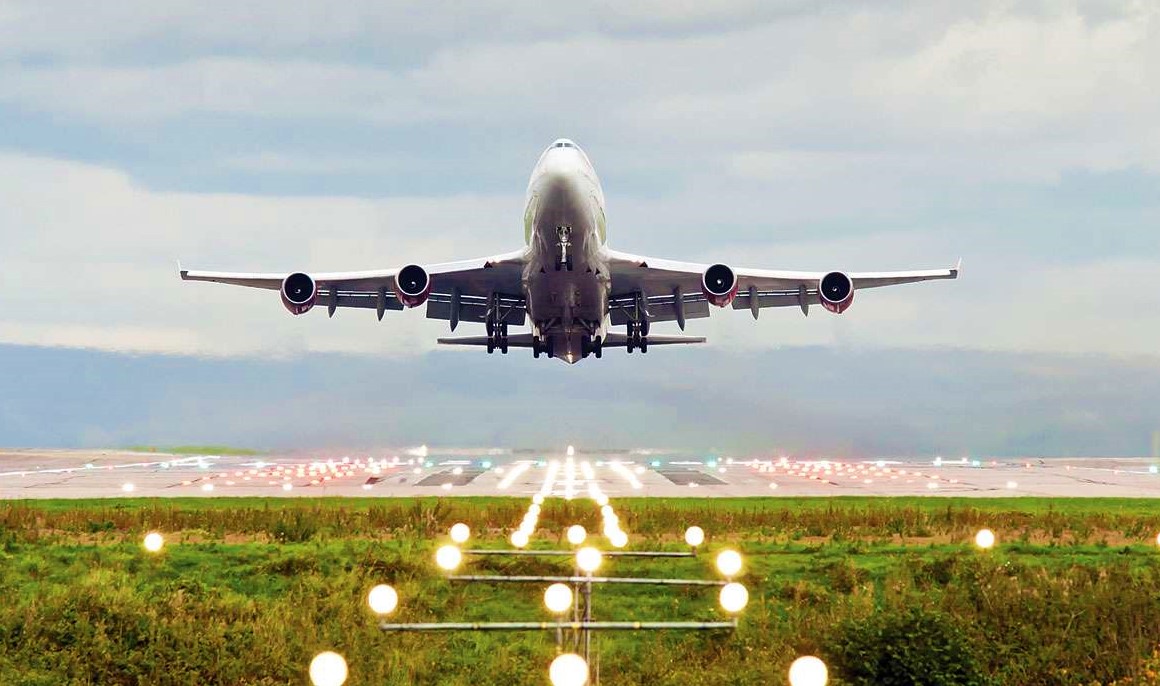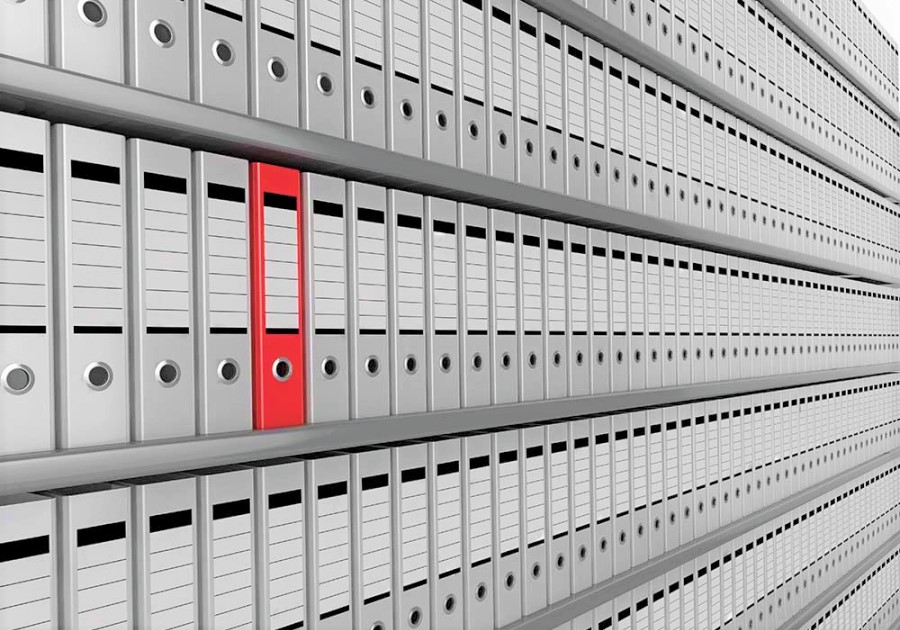


Transfer of an Aircraft is not always the easiest procedure to deal with ! Lessor , old operator and the new Operator are equally concerned about the transition process due to airworthiness, work load sharing , financial angle involved to it !
Involved stakeholders in the transfer (transition) can be,
A close co-ordination between these stakeholders is must to complete the procedure in a short period of time to avoid loss of revenue and get the aircraft back into operation under its new operator.
The Procedure can be divided in to three broad steps through out the transition process.
Aircraft Technical Assessment.
Process starts with a physical inspection of the aircraft (asset) and of its technical records obtained from the old operator. Goal of the Aircraft Technical Assessment is to ensure that the aircraft meets Lease (contractual) obligations and airworthiness parameters.
Generally, the aircraft physical inspection of the aircraft takes place involving a re-delivery check at the old operator’s premises to ensure Lease terms have been complied.
Though, the aircraft physical inspection is thorough in nature to verify detailed condition of the aircraft, some noted items include ,

The physical inspection discrepancies are either to be attended by the Old Operator AMO (approved maintenance organization) or to be rectified at an MRO facility and bills go to Old operator.
Aircraft records review is a labourious process , when it comes to verification against airworthiness and contractual requirements.

Older the aircraft, more is the paper work and accumulated records over the years can be a real challenge, when record format varies from operator to operator. Record checking task usually takes place at the old operator’s place, or at the MRO location, subject to availability of the records.
Operators lacking dedicated aircraft re-delivery teams increase significant workload , that comes in addition to the day-to-day activity of a maintenance control centre and planning and engineering department.
Despite several shortfalls, the paperwork is the most important aspect, as it provides evidence of all maintenance transactions of the aircraft life since assembly at OEM facility.
These acquired records form the basis for the physical inspection and act as the supporting documents required for applying for a Certificate of Airworthiness, hence accuracy must be ensured to avoid any shortfall, that may delay the issuance of the certificate for the new operator.

This part is actually getting the aircraft ready for re-delivery to the new operator. During this phase, the aircraft undergoes configuration changes like livery, cabin or systems upgrades. At the same time, maintenance checks are carried out, in line with delivery contractual requirements.
The CAMO manages the airworthiness of the aircraft and issues the work orders to the MRO, updating the aircraft records accordingly.
As we have discussed earlier, the aircraft must be prepared to meet the lease return/delivery conditions. Due maintenance tasks may include completing scheduled maintenance tasks, airworthiness directives, service bulletins, and defect rectifications.
In preparation for the aircraft transfer to the new operator, cabin changes may be needed. Tasks may include from carpet and seat cover replacement to a full reconfiguration including seats, galley changes, seating capacity certification, and even IFE replacement, based on the new contract.
A Basic configuration change for the next operator is the new external livery and systems upgrades to meet regional regulations along with mandatory modifications required by OEM or regulatory authorities.
Once the Lease agreement is signed, contractual requirements generally demand that the aircraft be inspected and tested, both on the ground and in flight. This is to ensure that the aircraft complies with the delivery conditions of the next customer and the aircraft systems and engines are performing as expected.
This is the Last phase of transition. After the MRO completes the work package issued by the CAMO, the aircraft is tested on ground and in flight. The airworthiness review is conducted to obtain the Export Certificate of Airworthiness.
During the delivery process to the new operator, the aircraft and its records are inspected again, to ensure that they match re-delivery conditions.
The delivery phase of the aircraft to the new operator includes activities involving aircraft inspection by the new operator and its airworthiness authorities, Check flight, and airworthiness review.
Every stake holder waits for the delivery phase and pressure is enormous during this phase. However, Interruptions in any of the above phases may delay the aircraft re-delivery planning and can have major financial impact on any of the stakeholders.
Display Picture - ICAO.
